Concours d’elegance: Have We Lost The Plot?
Images: Gautam Sen, Guillaume Nedelec, Denis Cohignac, Daniel Cabart
Although the origins have always been disputed, and future evidence may say otherwise, the French historic vehicle federation, the Fédération française des véhicules d'époque (FFVE), recognizes the one that was held on the 4th of September 1921 in the chic resort town of Dinard (in the West coast of France), as the very first concours d’élégance ever (A Look Back At The First Concours d’Elegance At Dinard (derivaz-ives.com)
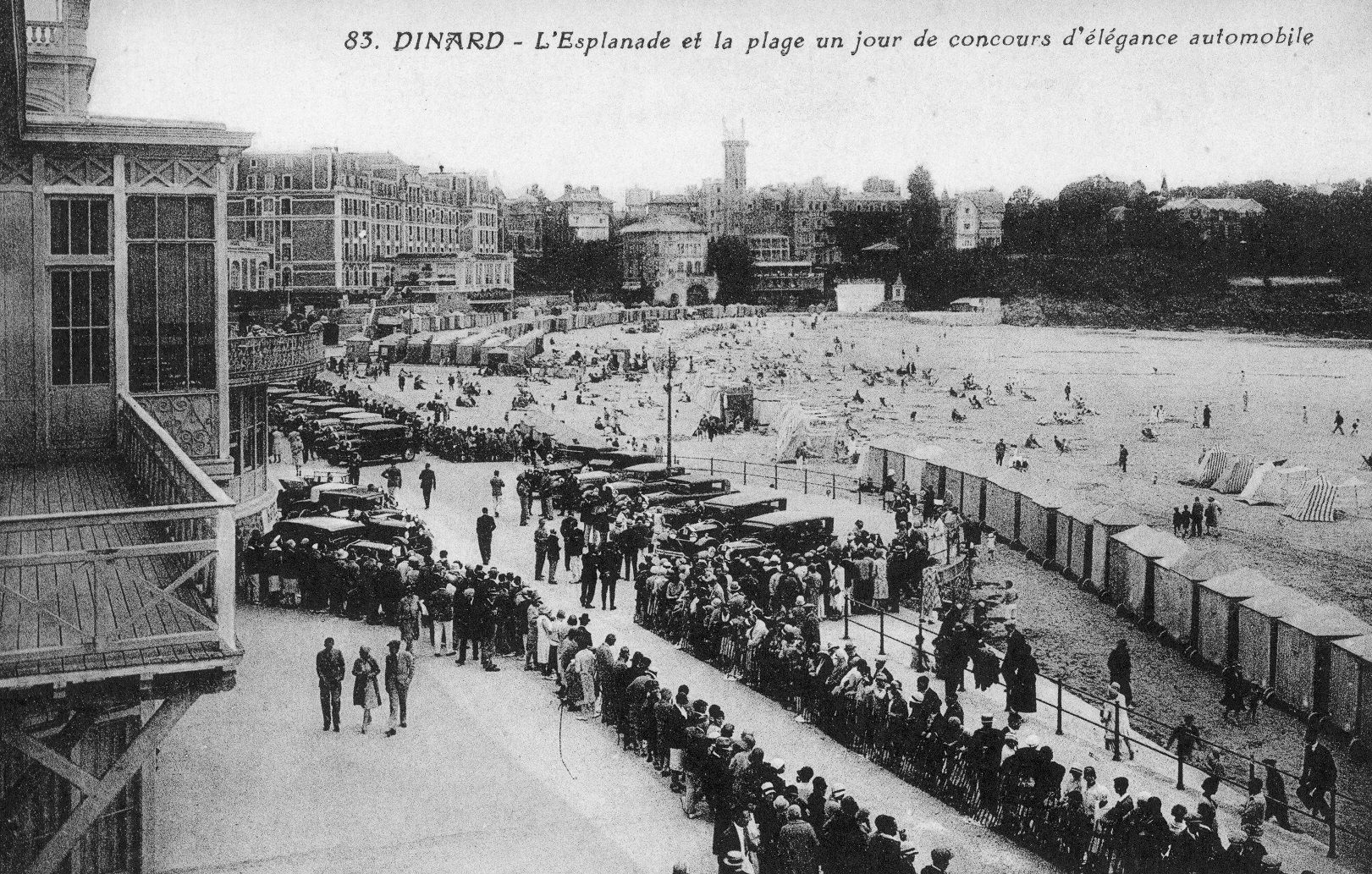
To recognise and commemorate this milestone event, the city of Dinard, once again, hosted a most impressive concours d'elégance à la française, exactly hundred years later, on the 4th of September 2021 Celebrating 100 Years Of Concours d’Elégance At Dinard (derivaz-ives.com)
Organised by a small team of enthusiasts, the turnout for the centenary celebration was extraordinary and the inhabitants of Dinard and the neighbouring towns seem to have enjoyed the event as much as the participants did, capturing the excitement and the joie de vivre that concours d’élégance did a century ago.

The Dinard Elegance was one of many concours d'elegance events held in recent years, with this concept having regained popularity in the historic vehicle community for several decades now. However, the purpose and perception of these events have evolved significantly over the past century.
The term ‘concours d'elegance’ dates to 17th century France, when the blue blooded paraded through Parisian parks in their carriages, showing off the luxury and exclusivity of their horse-drawn transport. As horse-drawn carriages lost their horses, concours d'elégance became a competition between owners of extremely expensive automobiles, the most famous of them in recent times being that of Pebble Beach, USA.
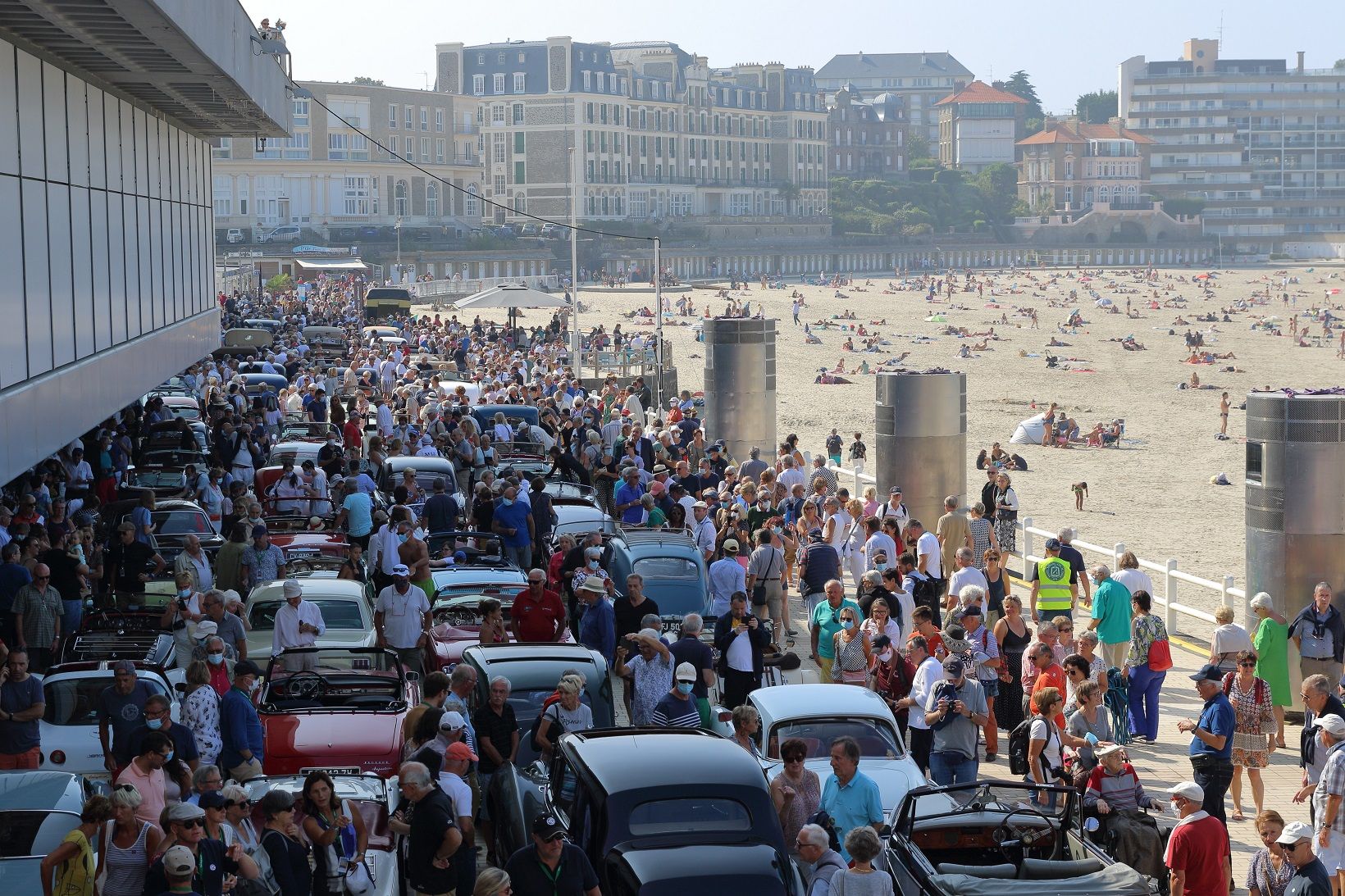
And even if Concorso d'Eleganza Villa d'Este, which is held every year on the shores of Lake Como, in Italy, claims that it is the oldest running concours d’élégance in the world (dating from 1929), one must remember that it was not ‘continuously running’, nor is it the oldest.
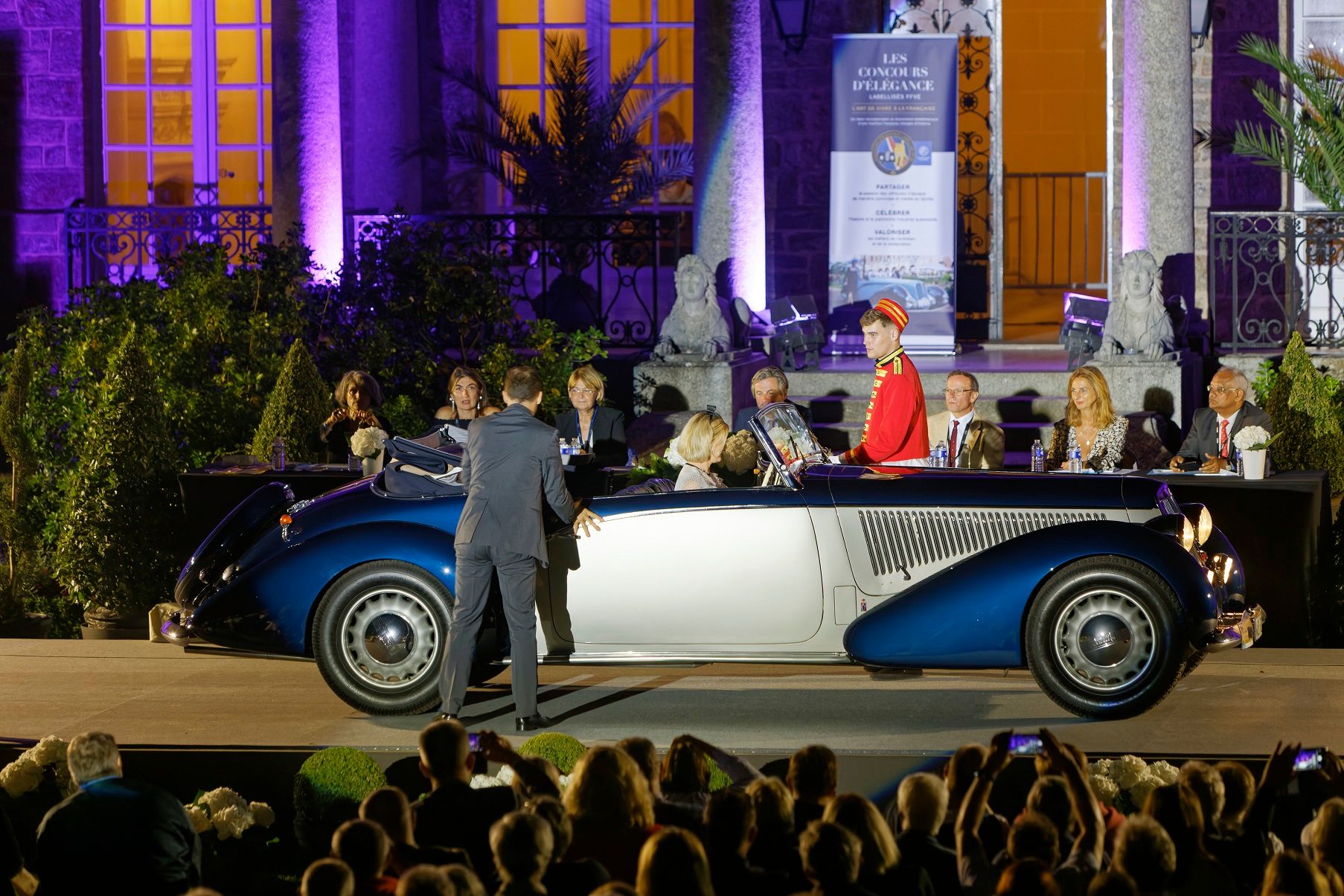
The concept began in France at least eight years earlier, not surprisingly, given that that nation had taken the lead in adapting its ancient traditions to the horseless automobiles, with Dinard the first to host such a concours d’élégance French-style. More than 60 vehicles took part in this first edition—it was such a success that it became a regular event every year at Dinard until the advent of WWII.
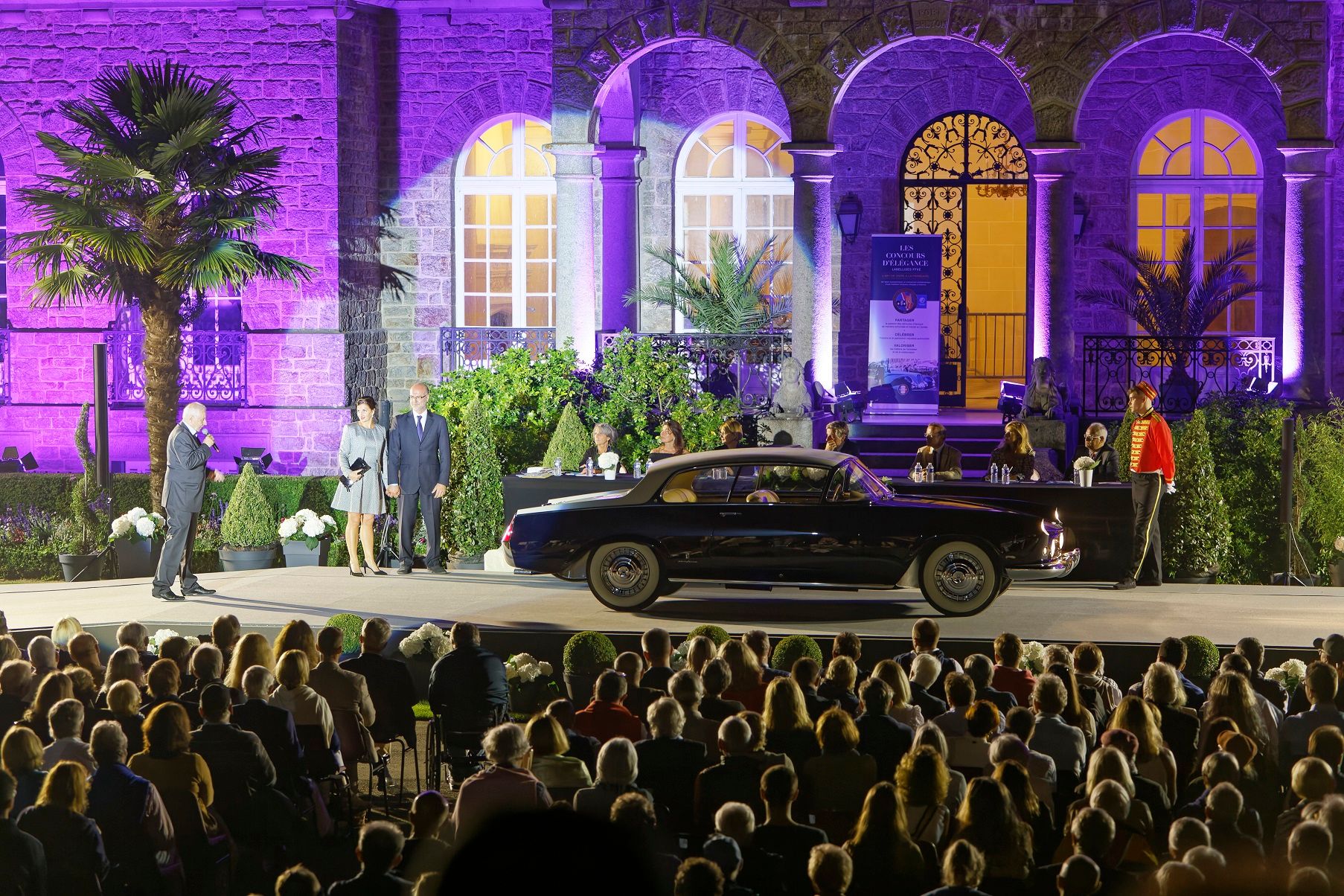
Several other resort towns soon copied the idea. La Baule, Deauville, Biarritz, Cabourg and Monte-Carlo became famous for their versions of the automotive concours d’élégance events, attracting superb cars with unique bodywork, elegant ladies in haute couture clothes, as well as purebred dogs, works of art, sculptures, and good spirits during beautiful summer weekends.
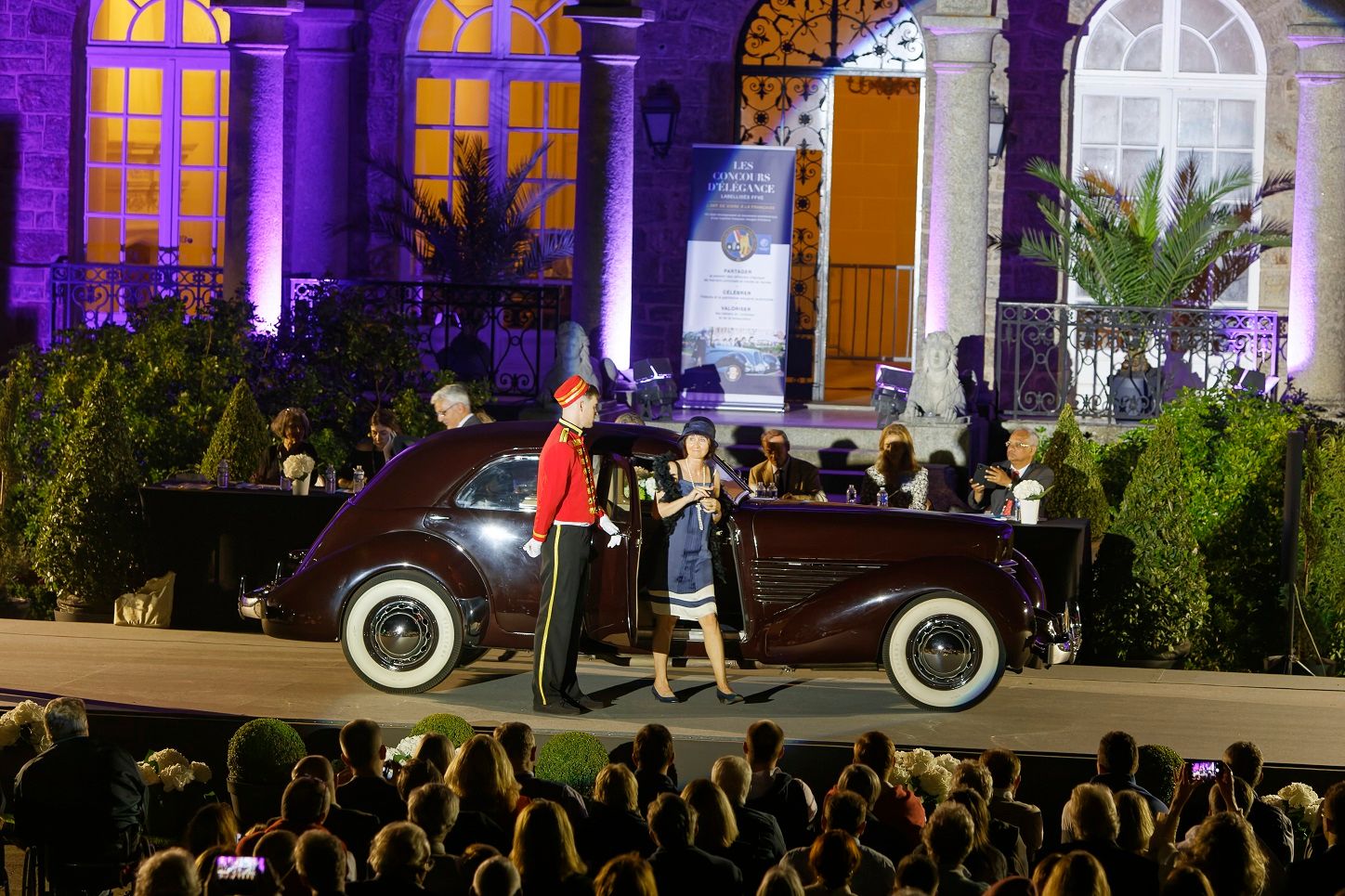
The 1920s was also when the taste for sophisticated coachwork blossomed, and was the period when the leading French marques, such as Bugatti, Delage, Delahaye, Hispano-Suiza, Voisin and others, offered their bare chassis-mechanicals, and the buyer turned to the coachbuilder of his/her choice to have the car ‘dressed’ as per his or her taste.
In no time several of the French coachbuilders established envious reputations for their aesthetic and technical creativity, and carrosseries such as Figoni et Falaschi, Gangloff, Guilloré, Kellner, Kelsch, Labourdette, Proux, Pourtout, Letourneur et Marchand, and Saoutchik built their reputation, participating in these concours events.
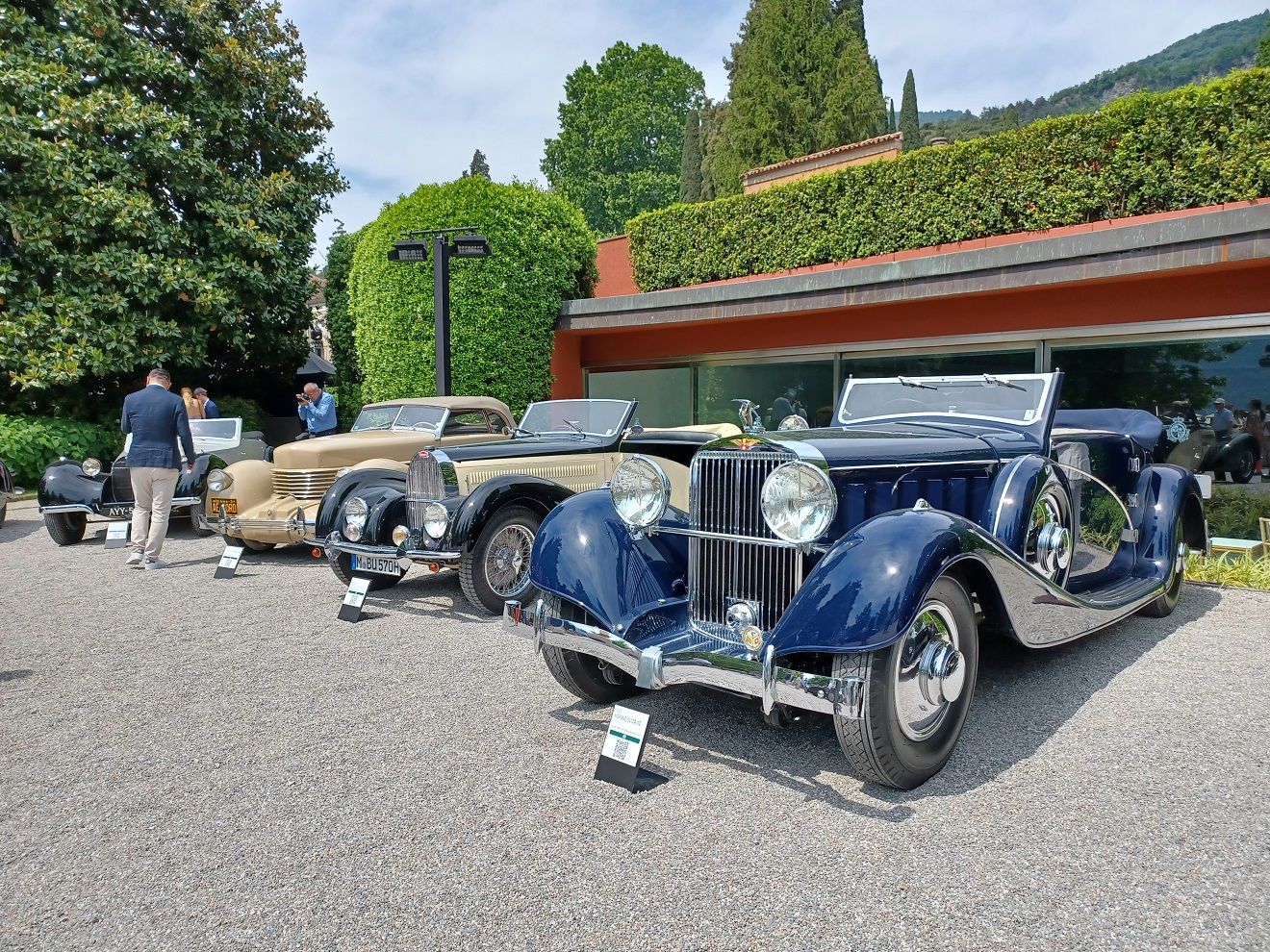
Although the idea spread to other cities, it seems that it was once again Dinard that defined the French approach to this type of competition. "It is likely that it was André Becq de Fouquières, an important figure on the Parisian scene and seaside resorts, who defined the main rules of the French concours d'élégance,” says Denis Cohignac, who leads the team that organises Dinard Elegance.
The scoring system that de Fouquières came up with had the jury evaluating the design of the car (which was brand new, mind you), the comfort, and the equipment, as well as the harmony of the style and the accessories, and how they complimented the clothes and bearing of the young lady presenting the car.
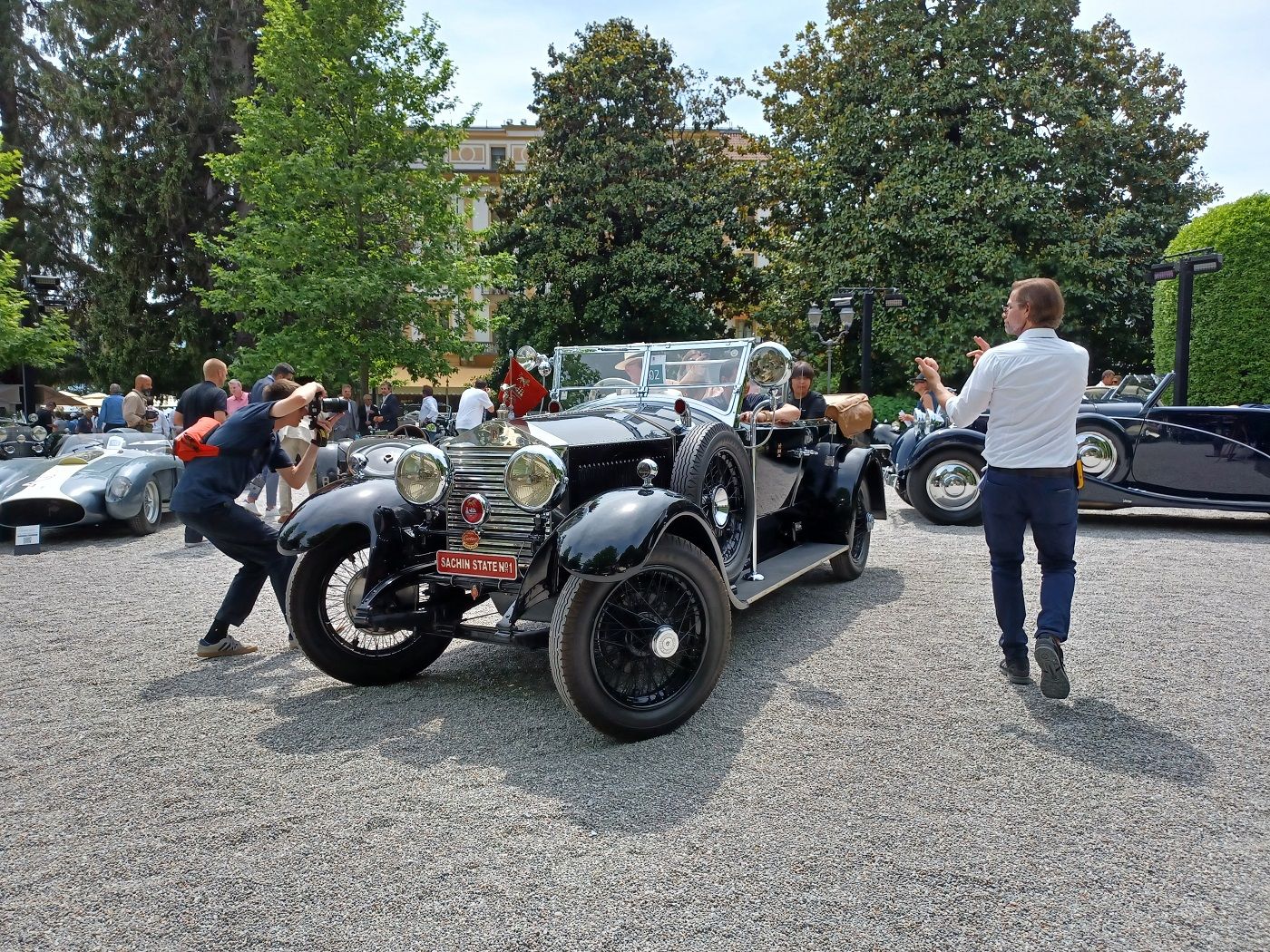
Not only did the carmaker and the coachbuilder use the concours d’elégance exhibition as a platform to launch and promote their latest models, but fashion houses also came up with matching attire, and stars were called upon to present the cars. As Cohignac points out, a concours d’élégance got together what he calls the three Cs: ‘a Constructor, a Carrossier and a Couturier’.
But the beginnings of WWII spelled the death knell for concours d'élégance. Once the war was over, it took a few years for the concours d'élégance to reappear, which continued, somewhat sporadically, until the 1960s or so.
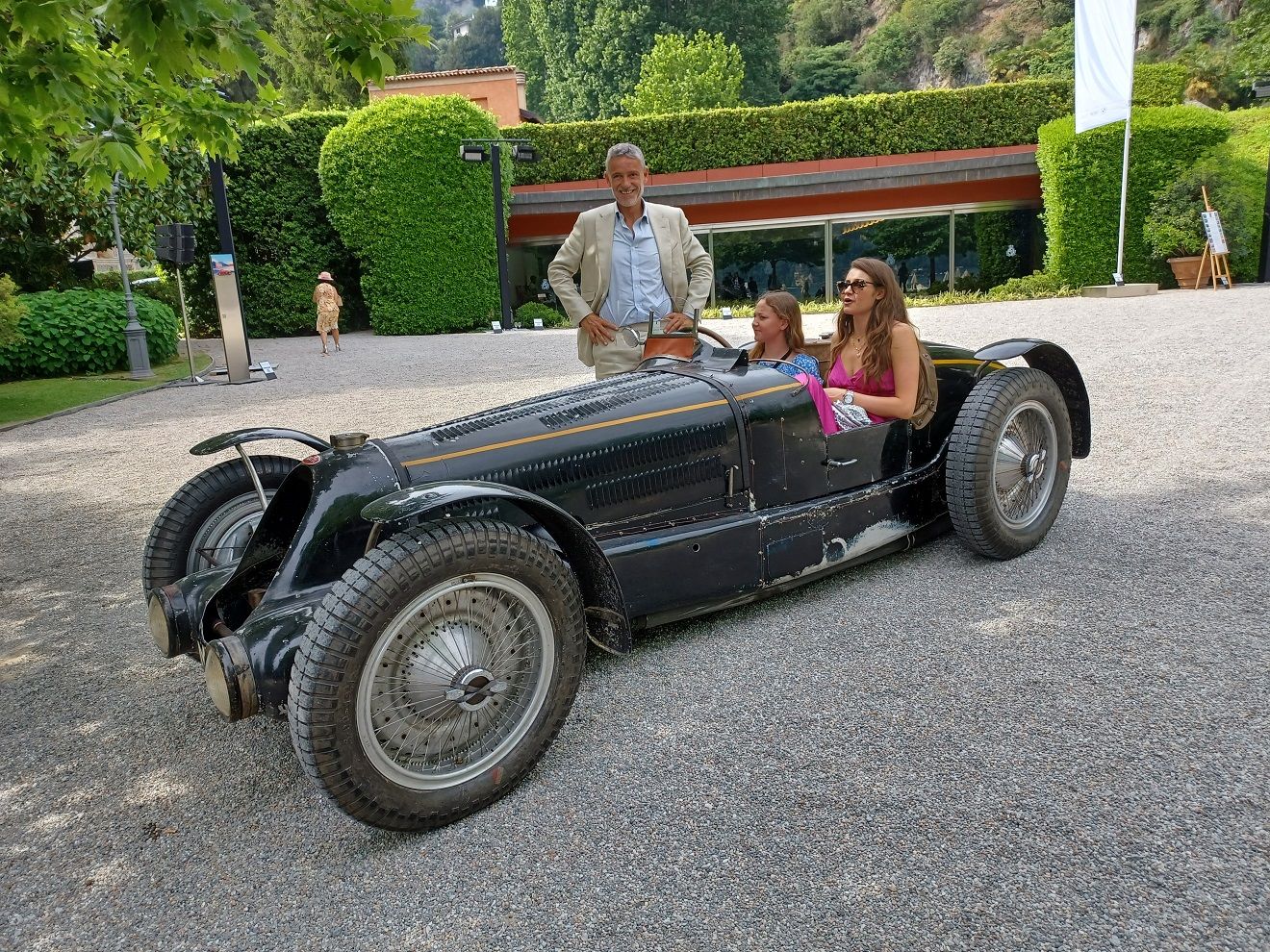
It's only in the last two decades that concours d'élégance competitions are very much back in fashion, what with the success of Pebble Beach, Amelia Island, Chantilly and scores of others springing up, from Adelaide to Zoute. The problem with them is that they are not any more about new cars, but about historic vehicles, including ones which had won concours some eight or nine decades back.
As former FIVA President Patrick Rollet points out: “The world over, the historic vehicle community talks of concours d’élégance when it refers to what the French rightly call concours d’état—literally ‘a competition of the condition’.”
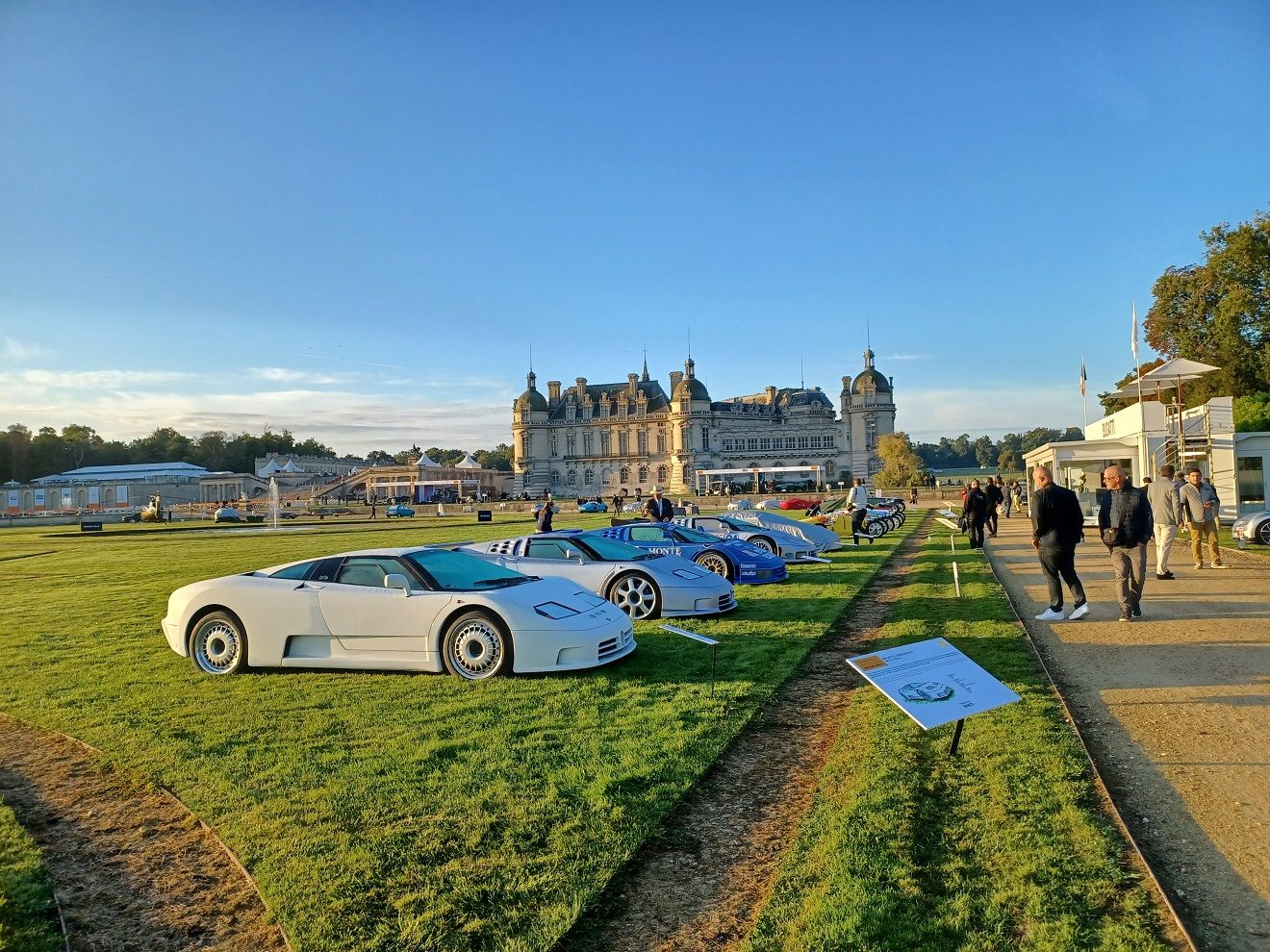
“The original concours d’élégance emerged in France and is all about… elegance… the car (or the motorbike) looks and design, as well as the lady presenting it, her dress, hat, gloves, the pedigree dog,” explains Rollet. “Anything that expresses style, finesse, distinction, class. And the jury was usually a mix of automotive specialists and fashion designers.”
Rollet also emphasises that the French style concours is open and free to the public and the commentary that goes with it delivers substantial information about each vehicle, thus raising the people’s ‘exposure and consciousness about historic motoring heritage’.

“What the Anglo-Saxons call a concours d’élégance consists of a jury of motoring experts analysing in great detail the level of authenticity of an historic vehicle, whether restored or just preserved,” explains Rollet. “These events are static and generally not open to a large public.”
“Such concours are useful to preserve originality and authenticity, and to discourage improper alterations. One does not install plastic windows in an 18th century manor house. Thus, it is important to have historians and experts reminding us of the finer points of keeping any car or motorbike historically correct. Future generations deserve it.”
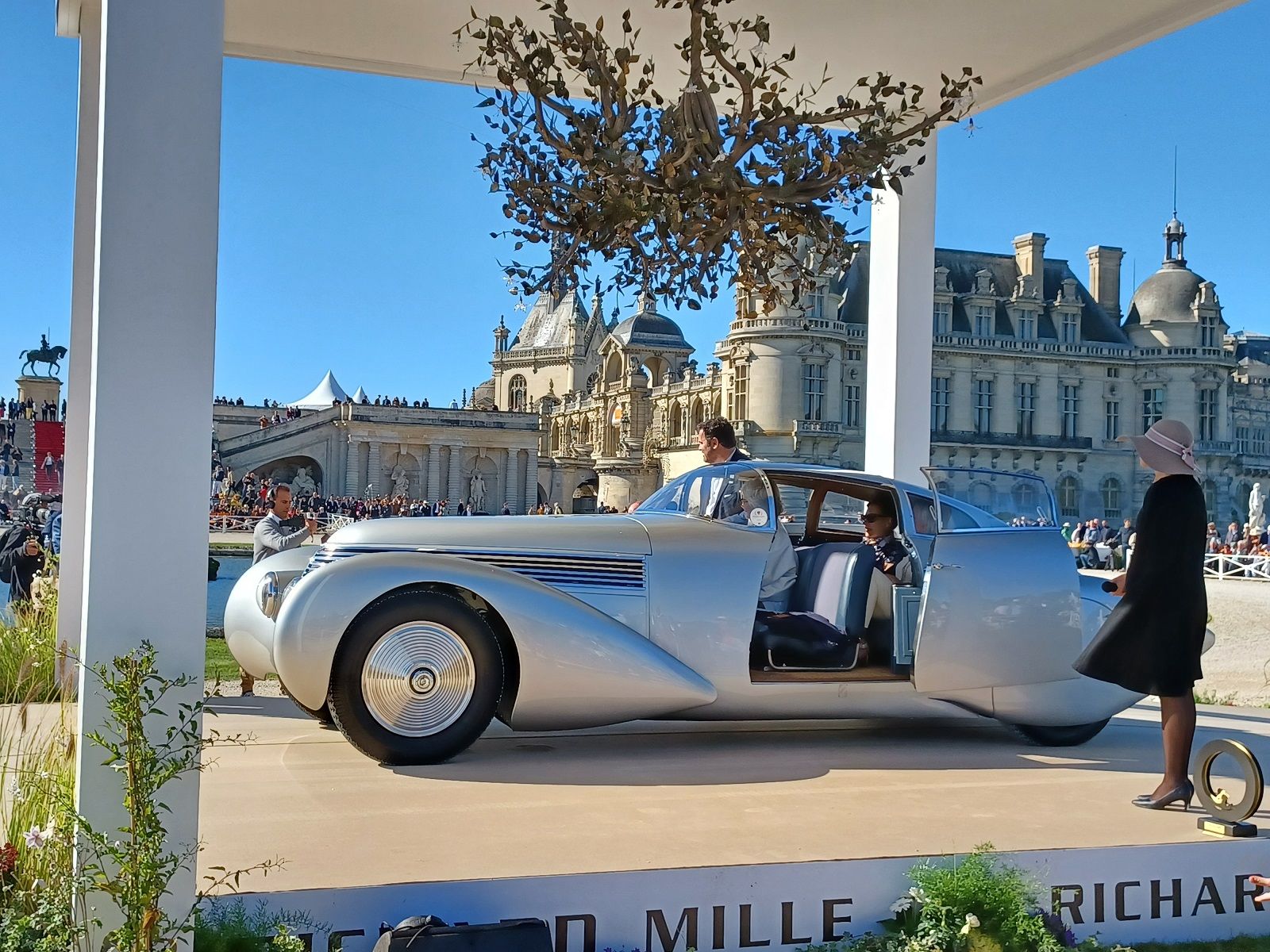
But this has led to a highly technical score card as devised by the International Chief Judge Advisory Group (ICJAG), an "emotionless mathematical model that eschews the importance of history, provenance, or significance of the vehicle," as described by an eminent collector. Reacting to this criticism, ICJAG recently introduced ten points out of 100 for ‘emotion’, but is that enough?
Patrick Peter’s Chantilly Art & Elegance provides for just 20 points (out of 100) to authenticity, with equal importance given to design, history, condition of the body and interior, as well as how the car works.


ICJAG works well when a dozen almost identical Ferrari 275 GTBs are being compared within a class, but when one is judging a battle-worn, yet much storied racing De Tomaso from more than fifty years ago, versus a 25-years-old almost factory-fresh Guara with very little mileage on the odometer, the aspect of provenance, history, design, and awards won count a lot too.
The most important point though is the one that Patrick Rollet makes: “For a Frenchman like me, it is just a bit strange though that the term ‘elegance’ is used to appreciate the size, type, origin, colour or wear of engines, metal sheets and nuts and bolts. Though these are the heart of the vehicle’s substance, I would hardly qualify them as élégants…”

No doubt, both the term, as well as the scoring system, needs to be reconsidered. Which is why FIVA is organising another Chat Room this Friday at 9:30pm IST/6pm CET. Do make it a point to join in to provide your point of view.
Comments
Sign in or become a deRivaz & Ives member to join the conversation.
Just enter your email below to get a log in link.
